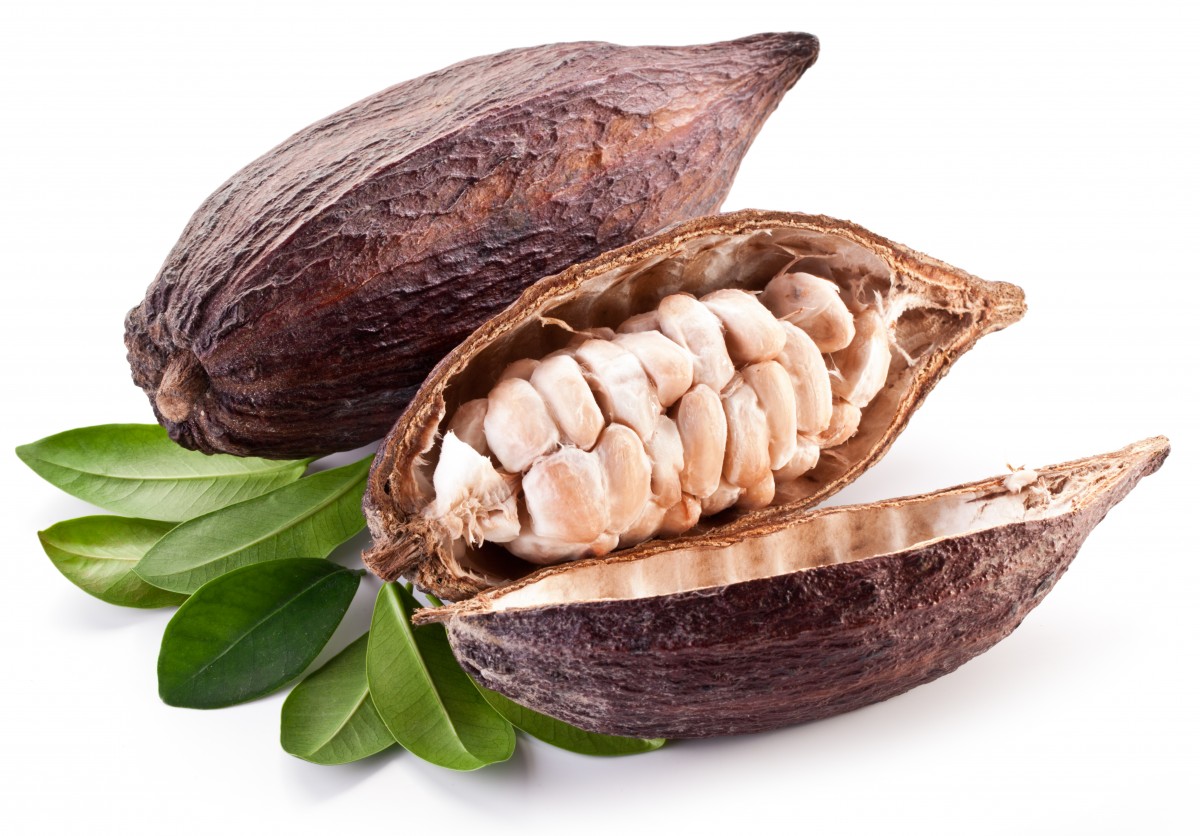
In DFC’s neck of the (literal) woods, we don’t get many trick-or-treaters. But I have many fond memories of busy Halloweens back when we lived in the suburbs. My kids especially loved going next door in their spooky costumes, to be rewarded by full-sized chocolate bars—the king of treats!—from our impressed neighbours.
Now, a team of researchers has shown that chocolate is not only the best thing to find in your pumpkin-shaped candy bucket tomorrow night. Its chief waste product—cocoa pod husks—could have big benefits for human health. The team, led by the University of St. Andrews, has processed the external hulls of the cocoa bean into a plant-derived flame retardant. This innovation is two-pronged: not only does it find a use for a whopping 20 million tonnes of biomass that’s usually just thrown out, it also has the potential to pivot the flame retardant industry away from harmful petrochemicals.
It all started with the fact that cocoa pod husks are high in lignin, a tough polymer found in hardwood trees and other woody plants, which can be processed out for practical applications.
“The researchers obtained cocoa husks and milled them into a powder. After rinsing to remove fatty residues, they boiled the powdered husks in a mixture of butanol and acid, a standard lignin extraction method called the butanosolv process. They next confirmed the isolated lignin’s quality and high purity, finding no evidence of carbohydrates or other contaminants.
Then, over the course of three chemical steps, the team modified the pure lignin biopolymer to have flame-retardant properties. They attached 9,10-dihydro-9-oxa-10-phosphaphenanthrene-10-oxide, which is a fire suppressant molecule called DOPO, into the backbone of the lignin polymer. In experiments, when the modified lignin was heated, it charred—but did not burn up—a sign that it could act as a flame retardant.”
The team’s results are promising enough that they plan to move into testing phases, including key human safety tests. Flame retardants have long been a necessary evil; Sure, they protect us from fires, but all the while they leach into our water, fellow animals, and even ourselves. Perhaps this new, chocolatey variation will bring as much joy to the environment as Halloween candy does to our tongues!